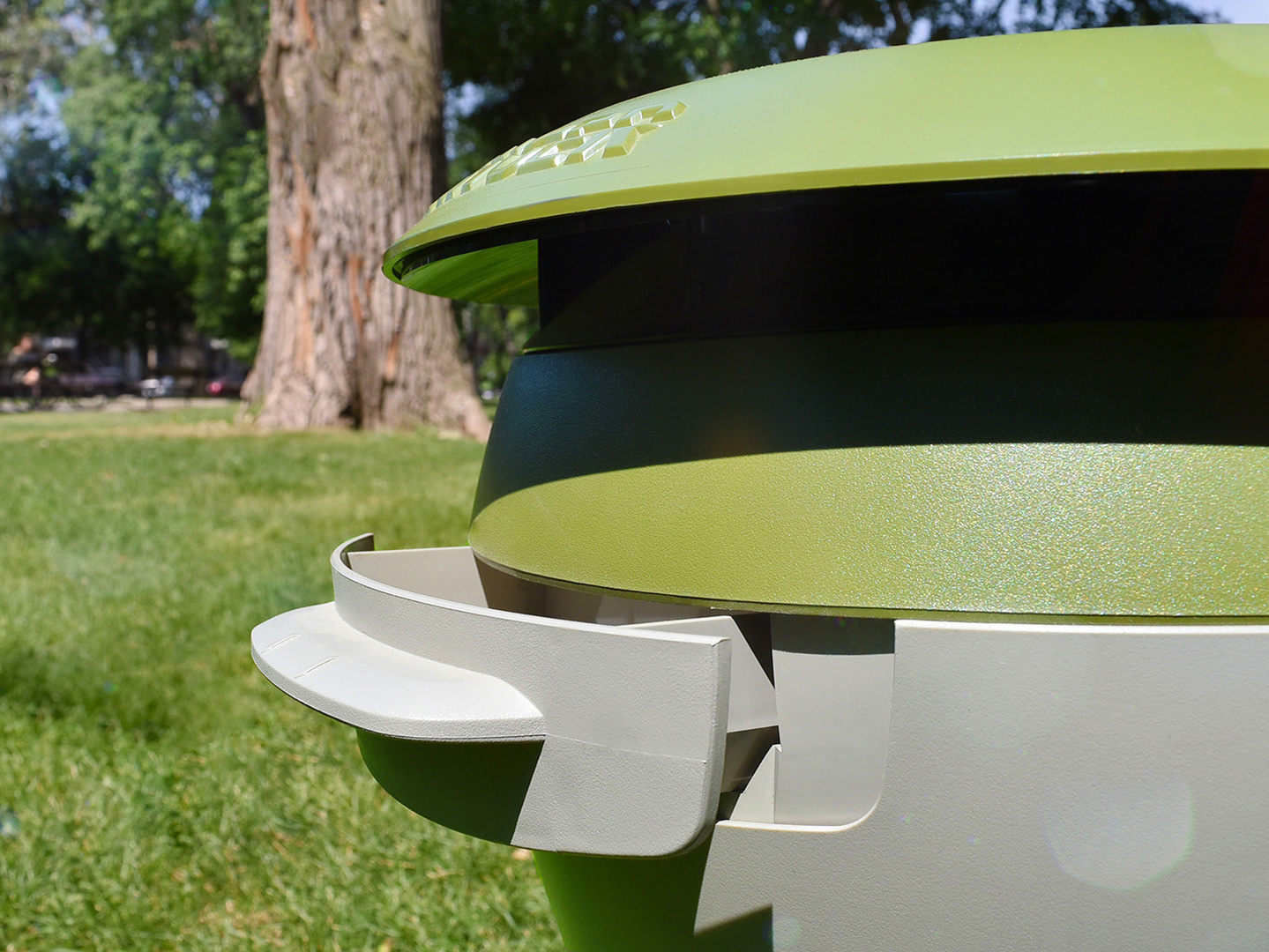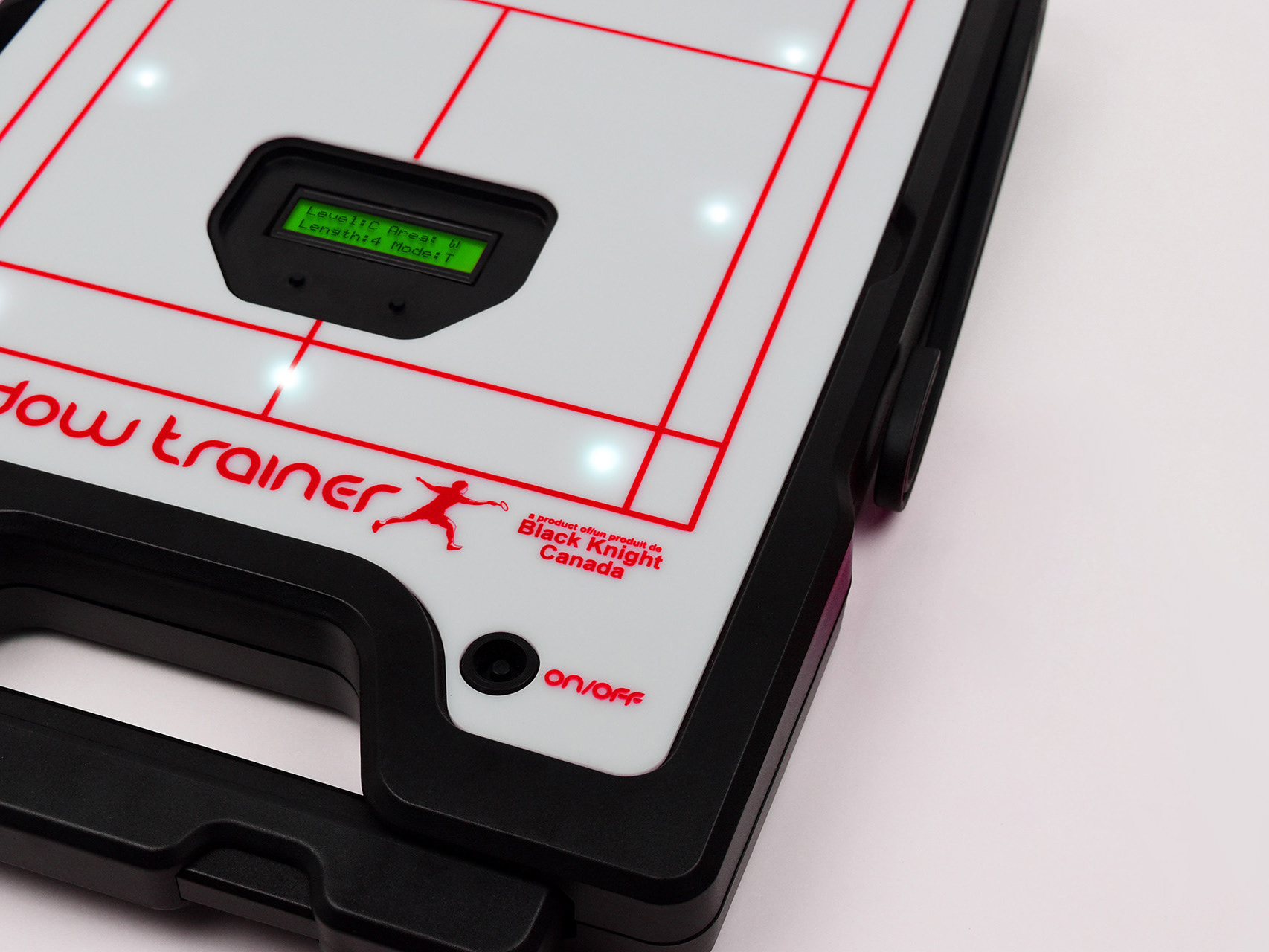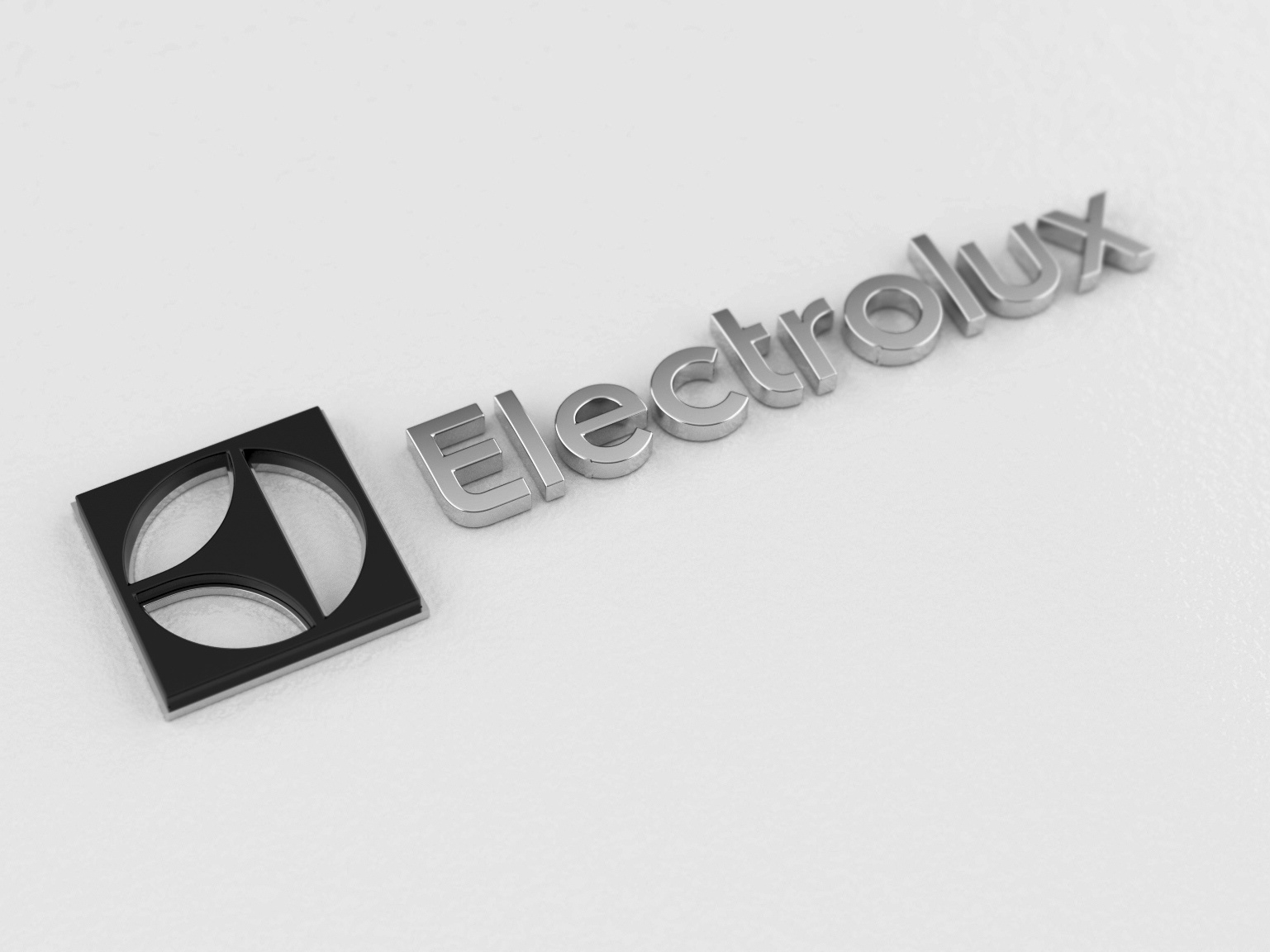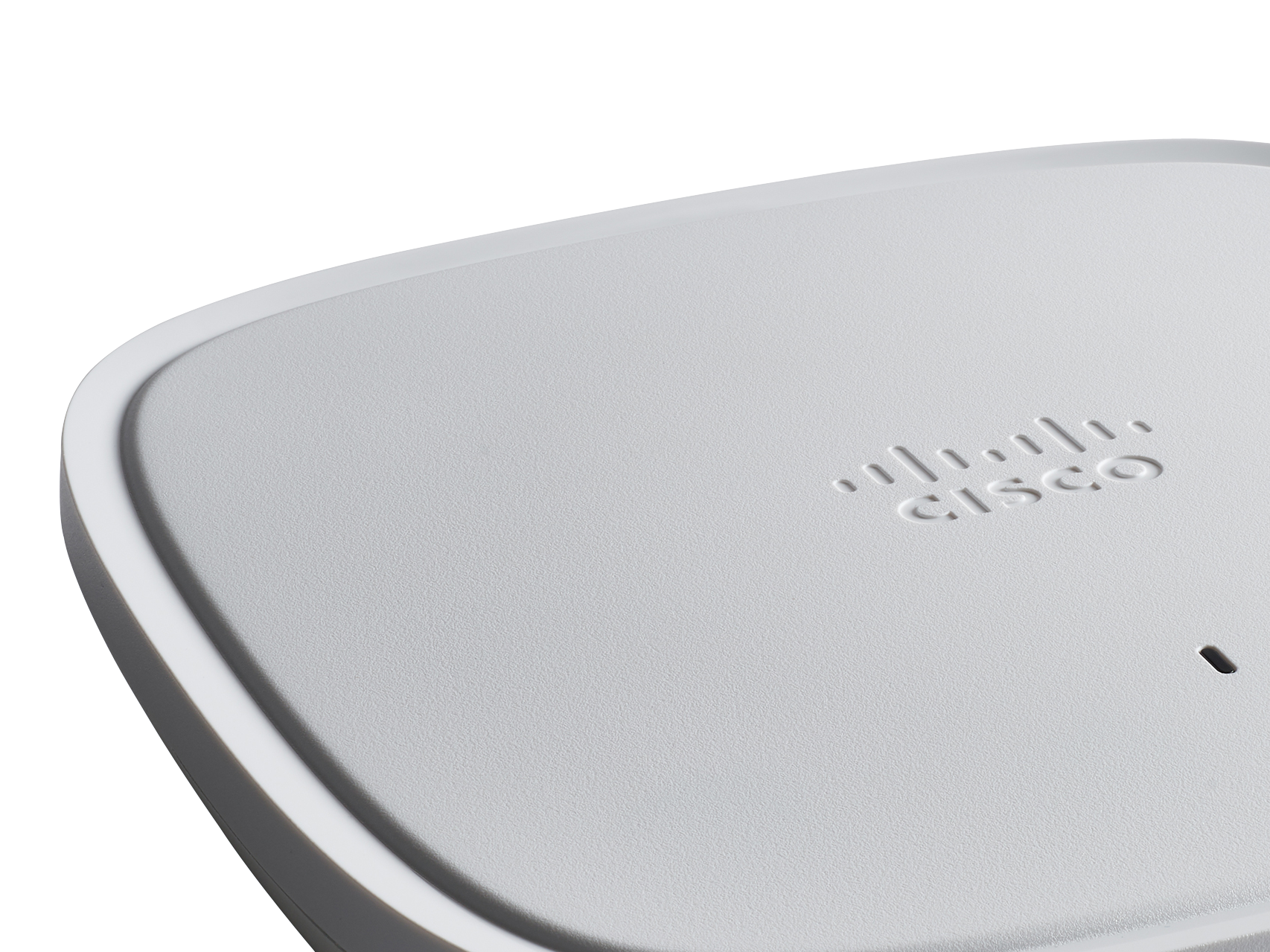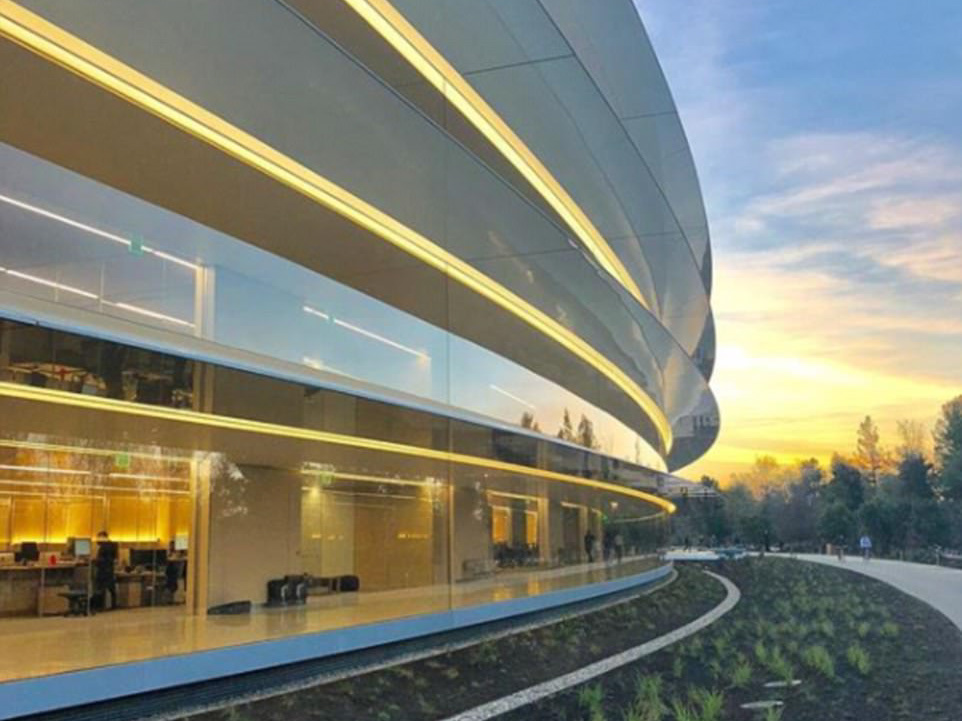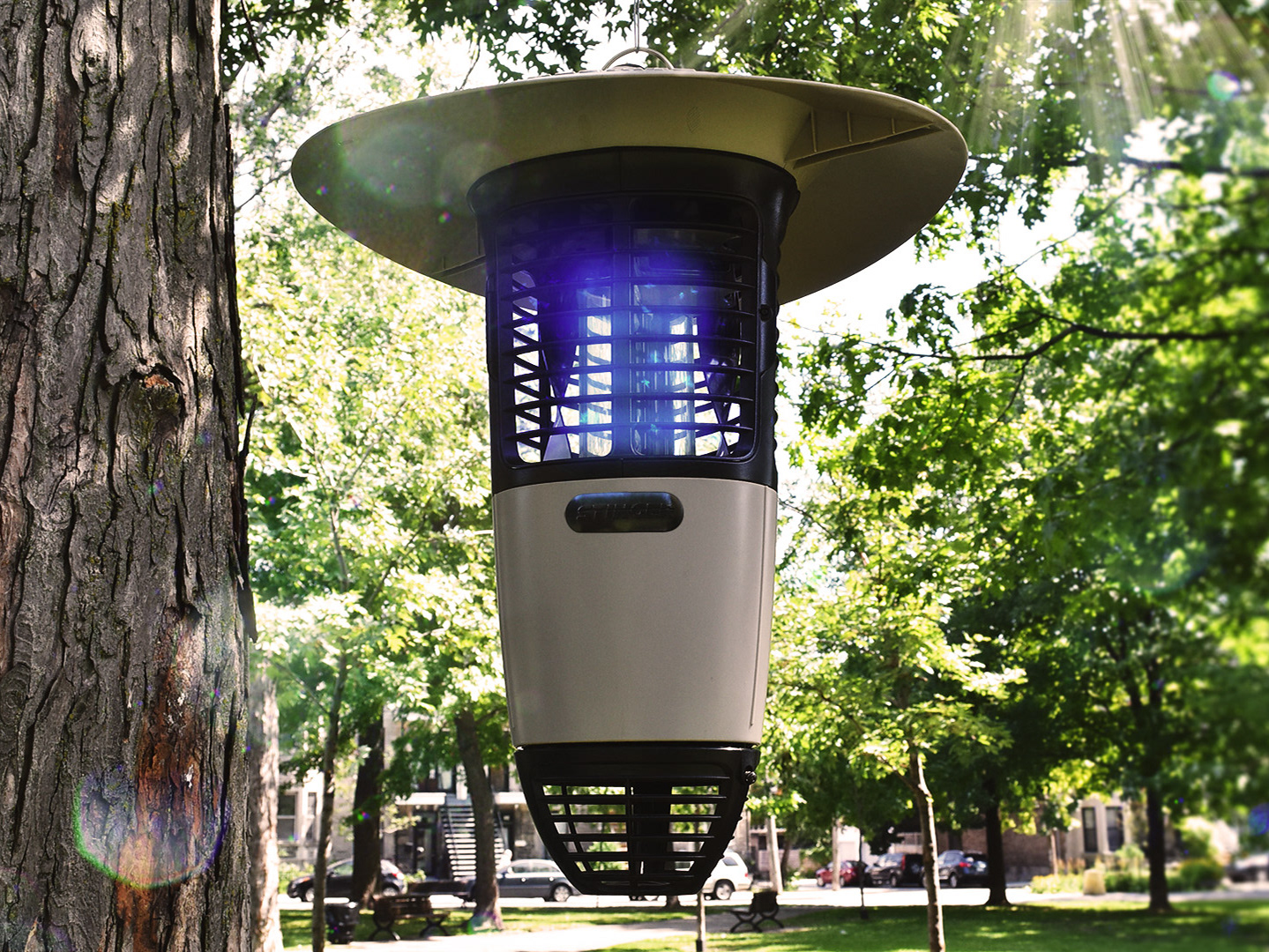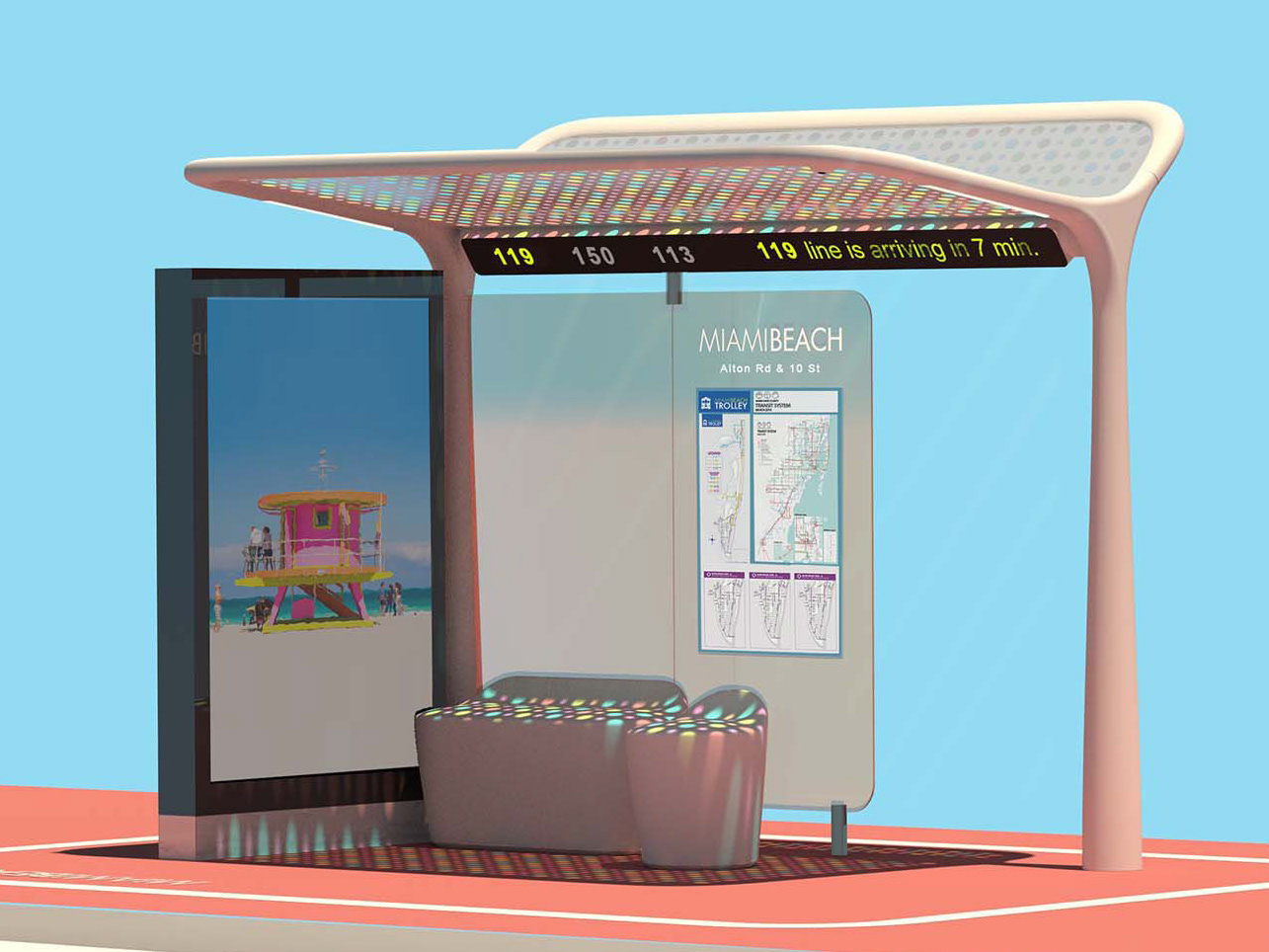My Master’s degree project revolved around 3D printing in every home. After several rounds of user interviews it was clear that for mass adoption, the focus should be on a children product. In 20 weeks from the start, I was able to deliver a well developed concept that garnered international attention, product video with over 150K views, and industry magazine cover-story.
By really digging into the stake holders, children of 10-18 and their parents, and visualizing the whole ecosystem around the product, I was able to conceive something that resonated deeply with a wide market.
Interesting to note that M3D printer came out the year, at a price and built around the same principles range that was suggested in my thesis.
Interesting to note that M3D printer came out the year, at a price and built around the same principles range that was suggested in my thesis.
Final storytelling video of the project
Initial direction
Four scenarios were quickly created in order to conduct interviews around artefacts, to help participants visualize their future interactions with a hose-hold 3D printer.
In order to demonstrate that children already had a variety of ways to create 3D content, I decided to make an illustrative video.
User lab research
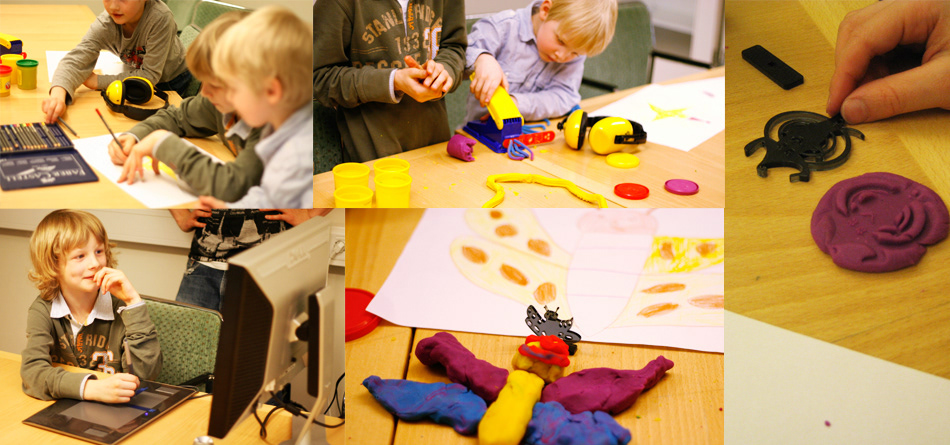
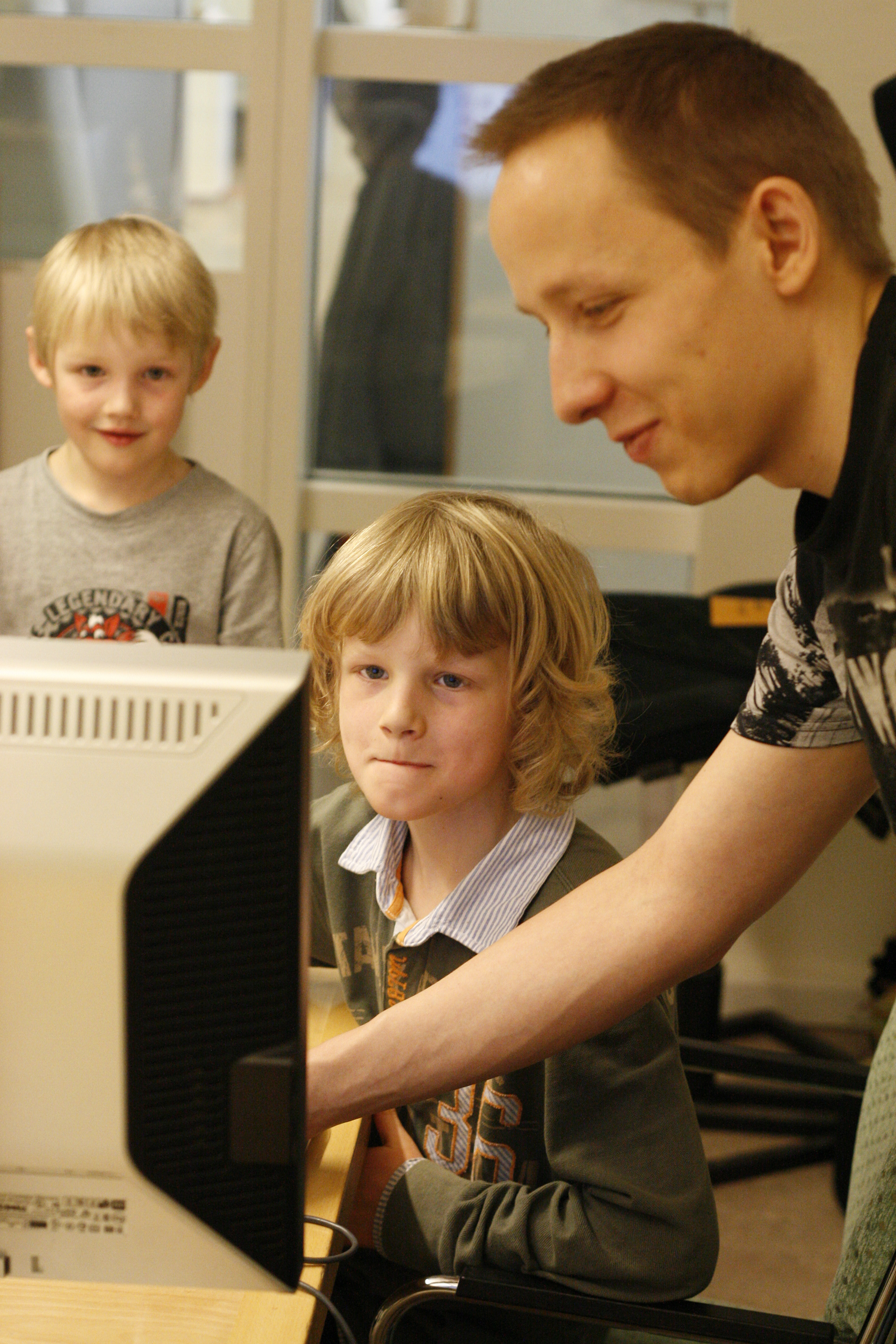
Children were pretty easy to get on board with the product, their parents - not so much. After conducting a co-creation workshop with children ages 6-11 it was clear that 8 years old was the minimum age to benefit from digital fabrication.
I was also able to more clearly communicate the benefits of the product to the parents, the ideas that are cultivated through interaction with the device and the ecosystem. It was no longer about which skills this will replace, rather how will this tool augment the learning.
User Scenarios were used to visualize ideal interaction as well as potential problems with the device. It was at this phase that ideas like transparency, light and sound feedback to indicate the end of print as well as some aspects of the ecosystem were first thought through.
A conceptual product does not exist alone in a vacuum - it is an artefact from an ecosystem. To come up with a credible solution, it is imperative to think about the inputs and outputs of the product, the interactions and touchpoints, services and stakeholders.
Technological research
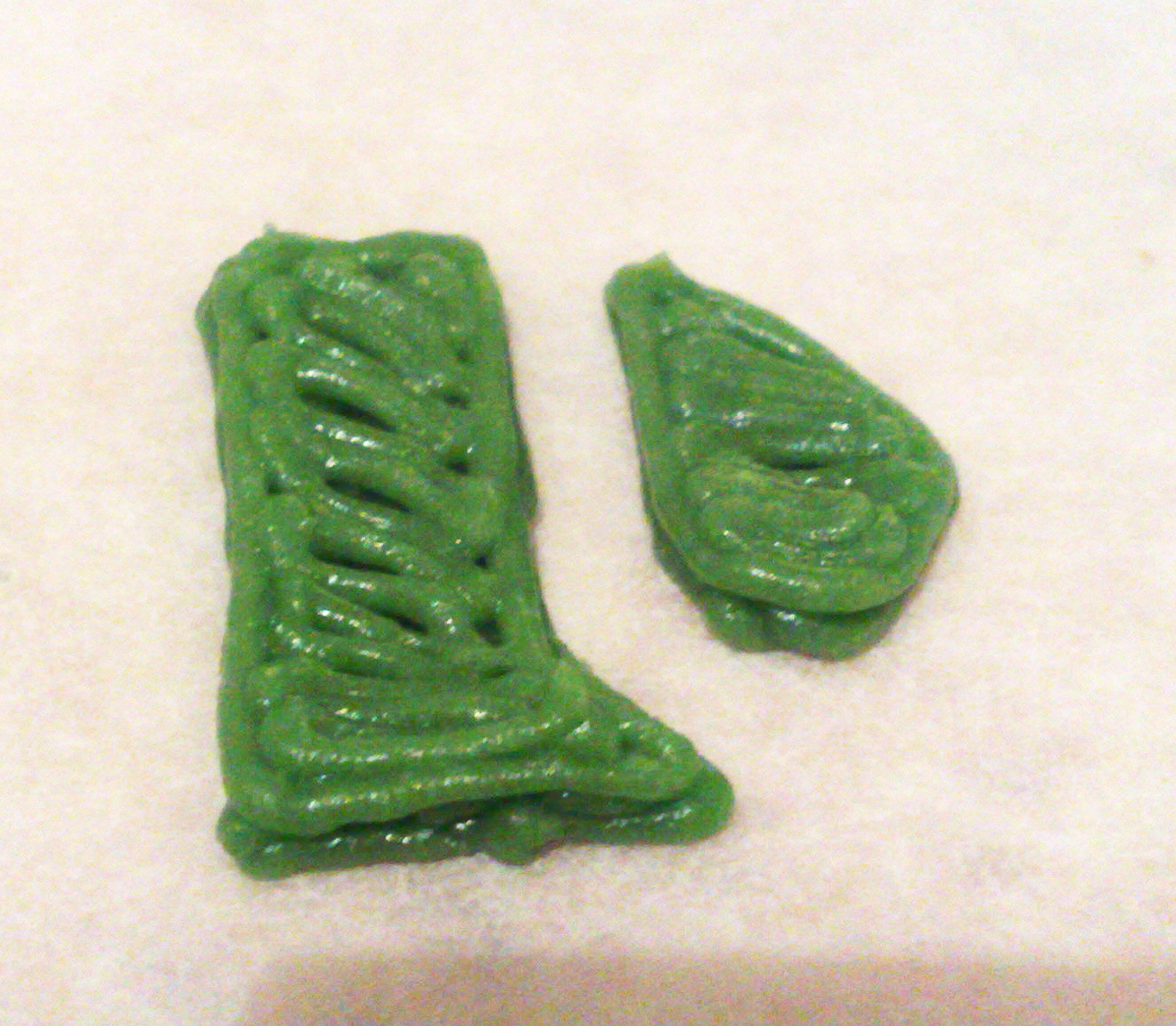





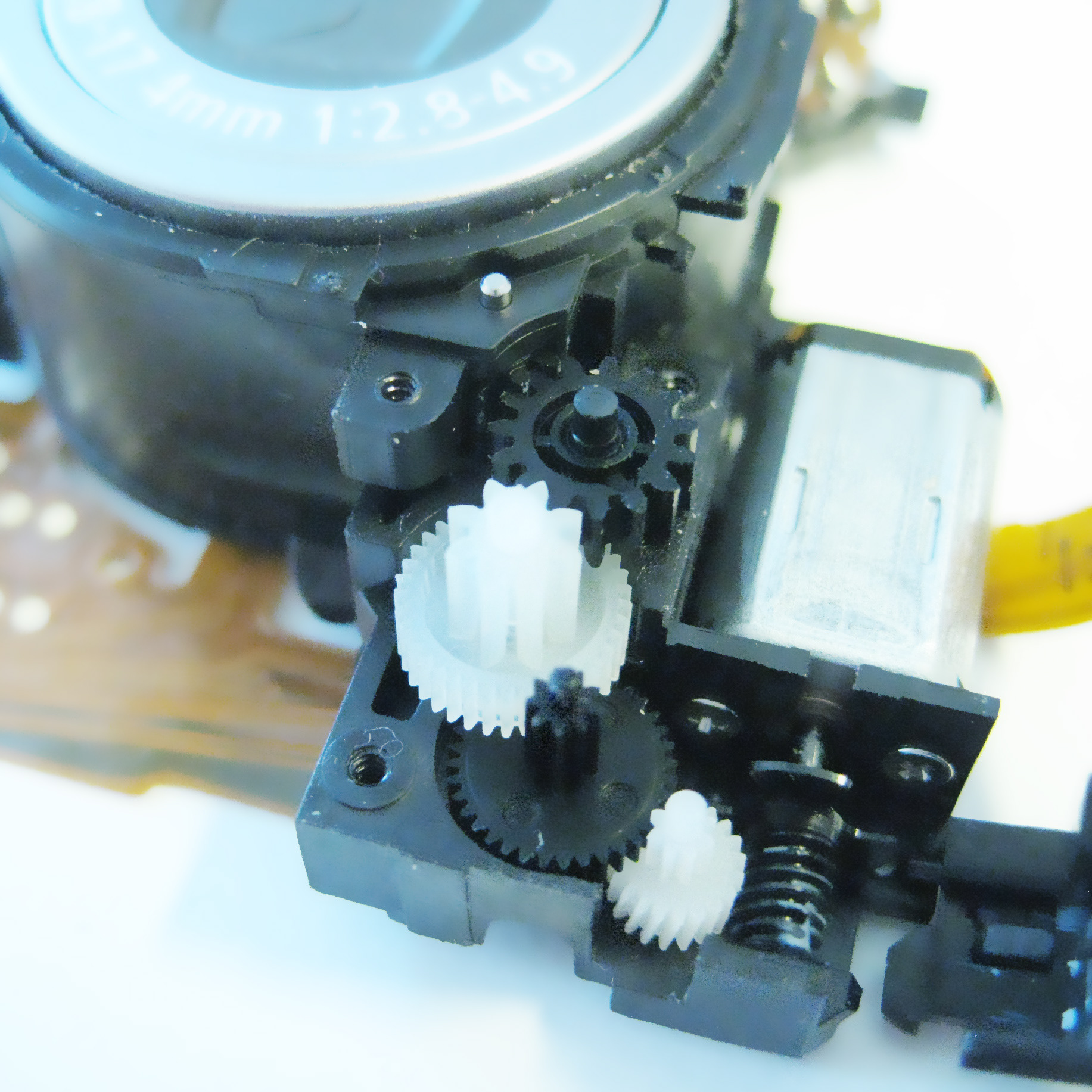


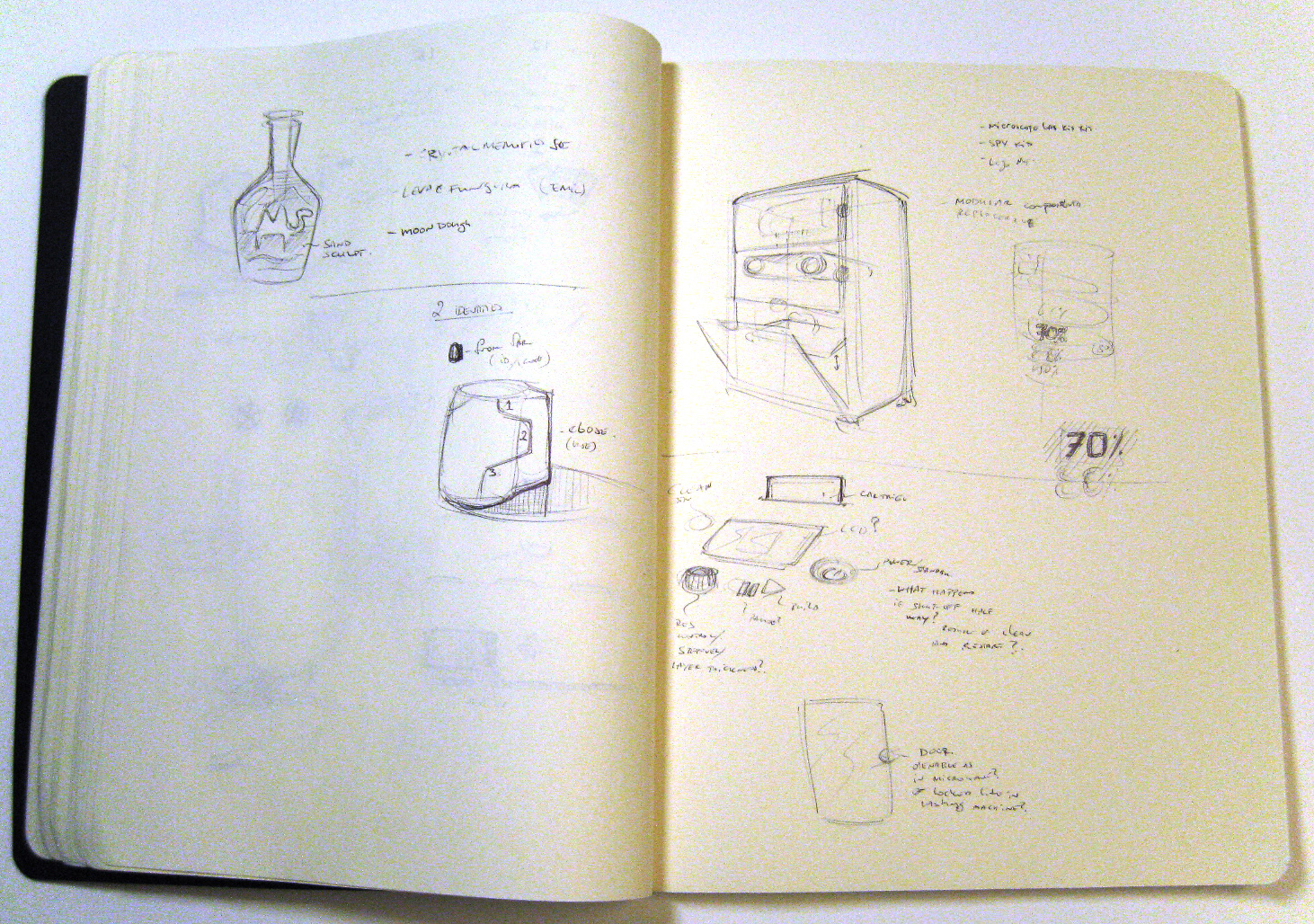
Intensive research was carried out to find best suitable technology from what is suitable for children as well as what can deliver a printout of an expected quality for them.
Styling
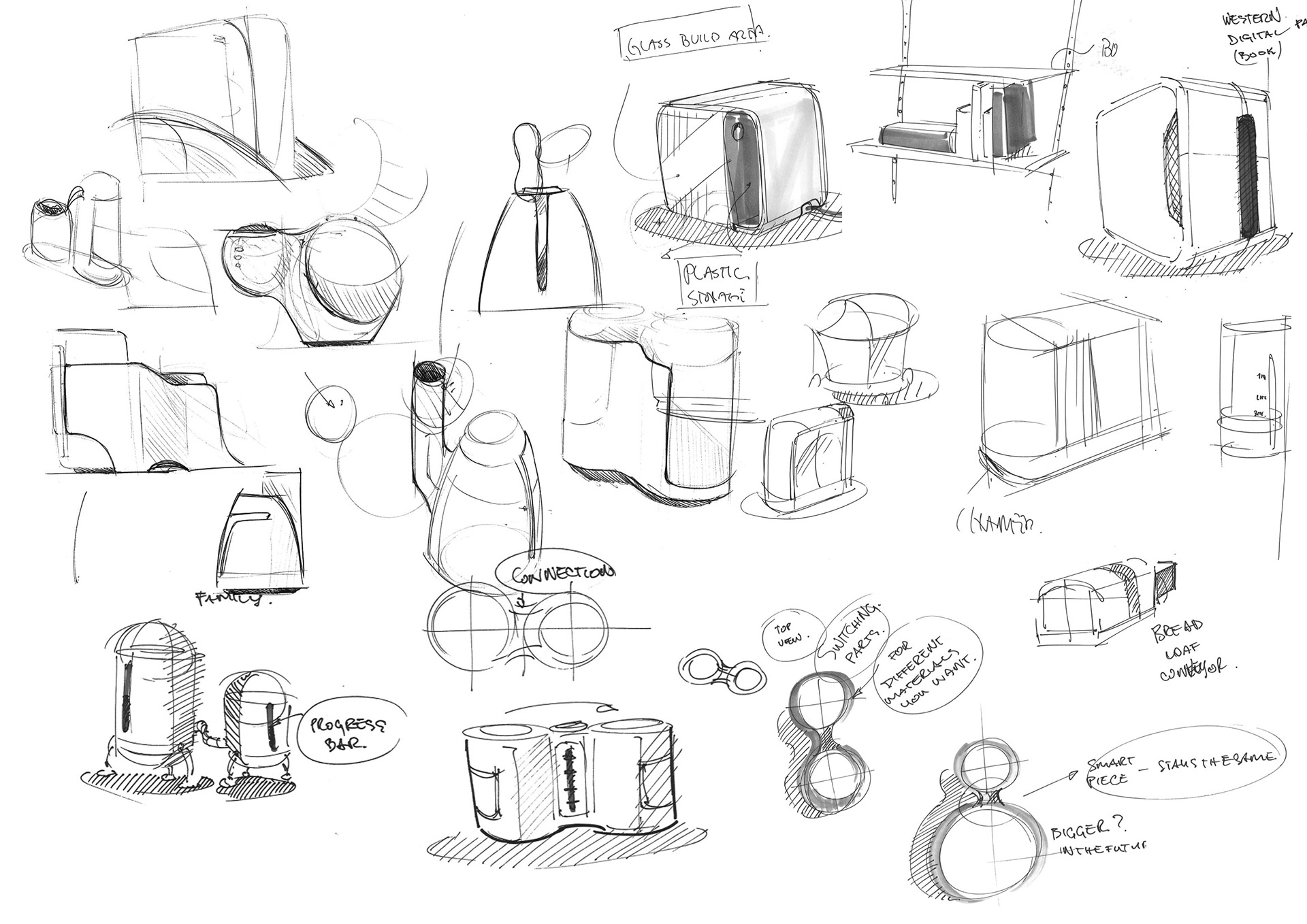

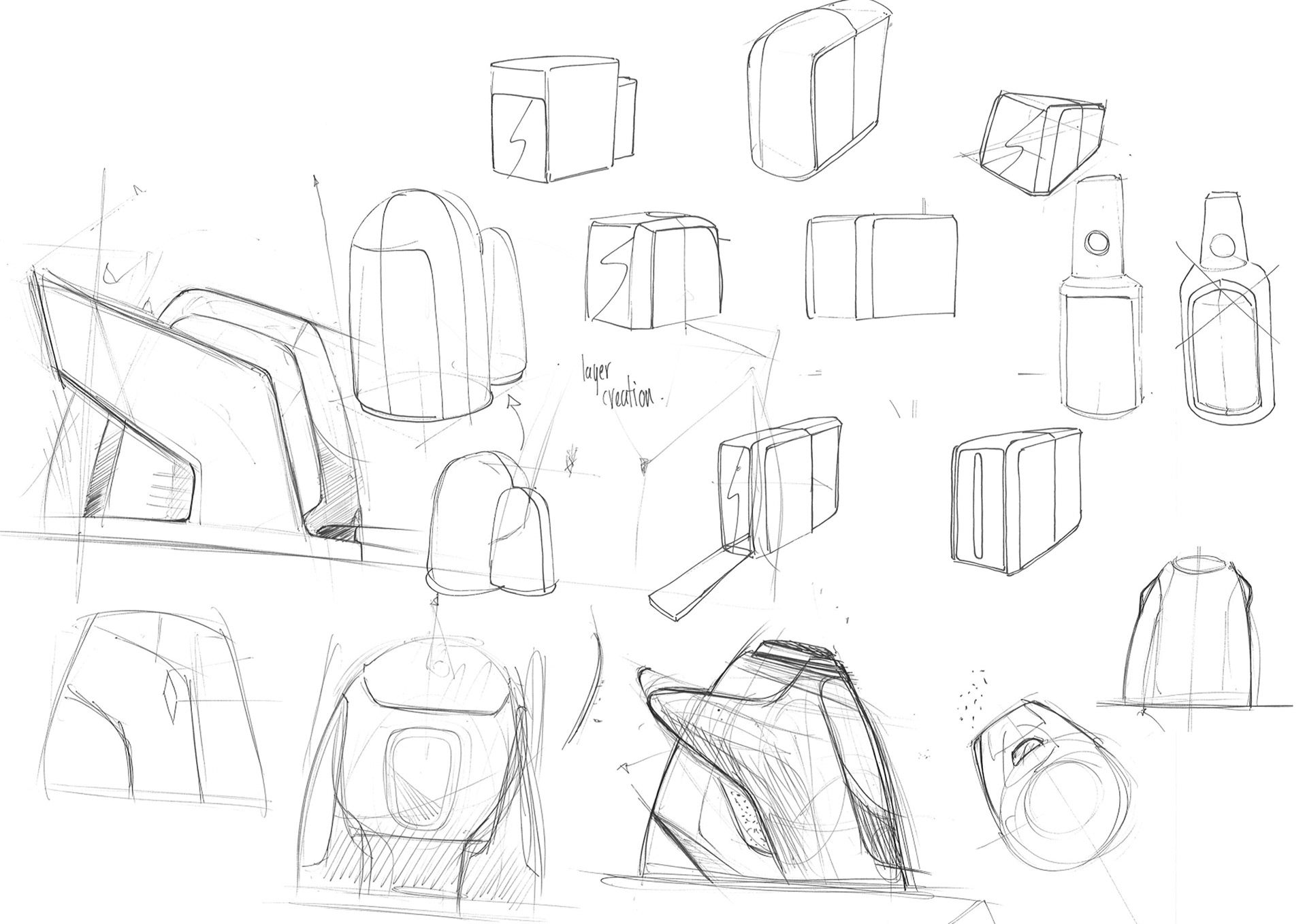
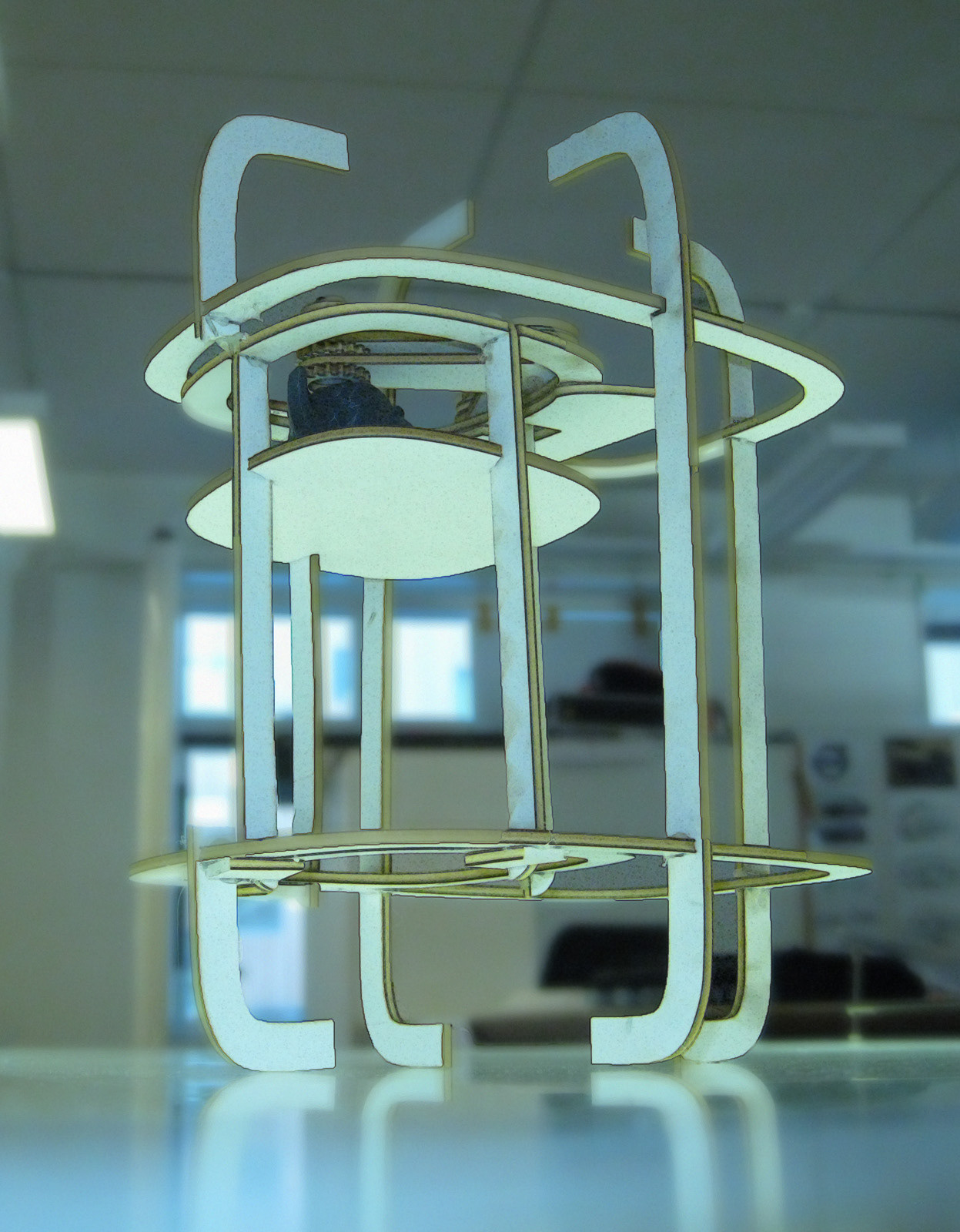
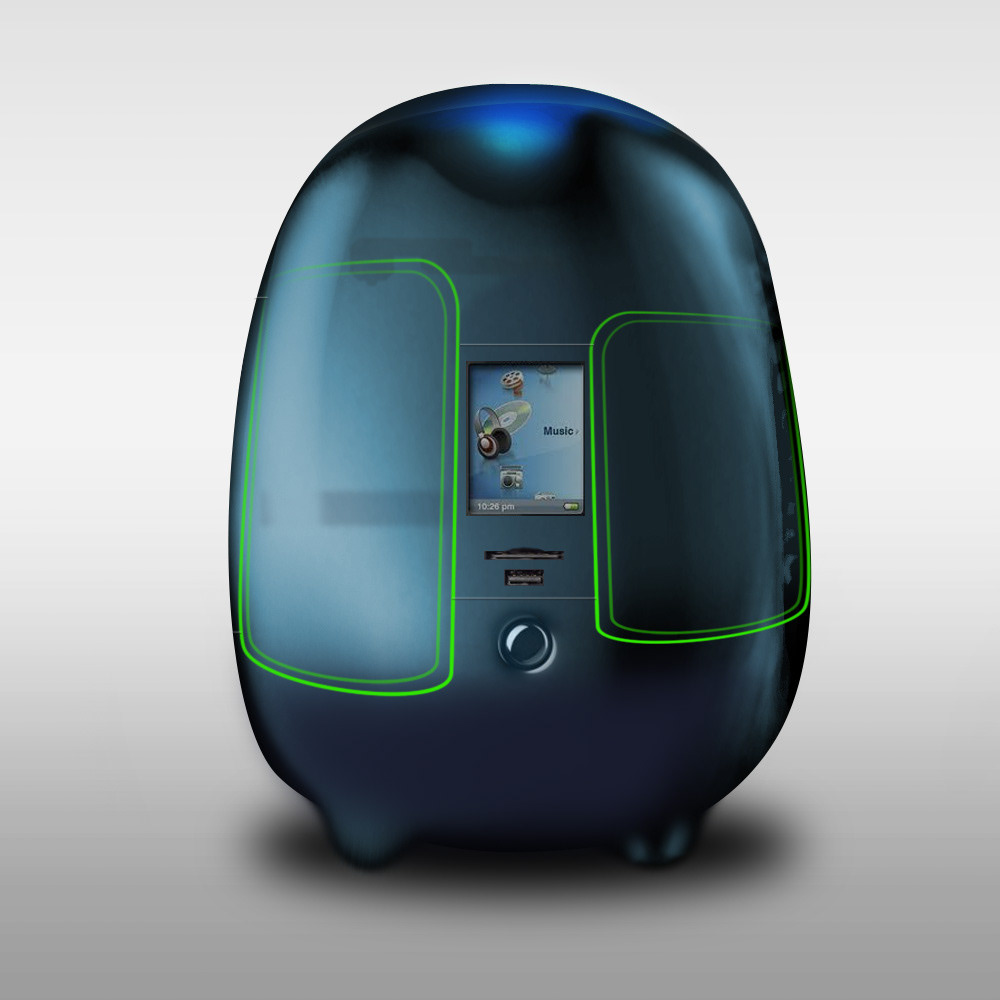


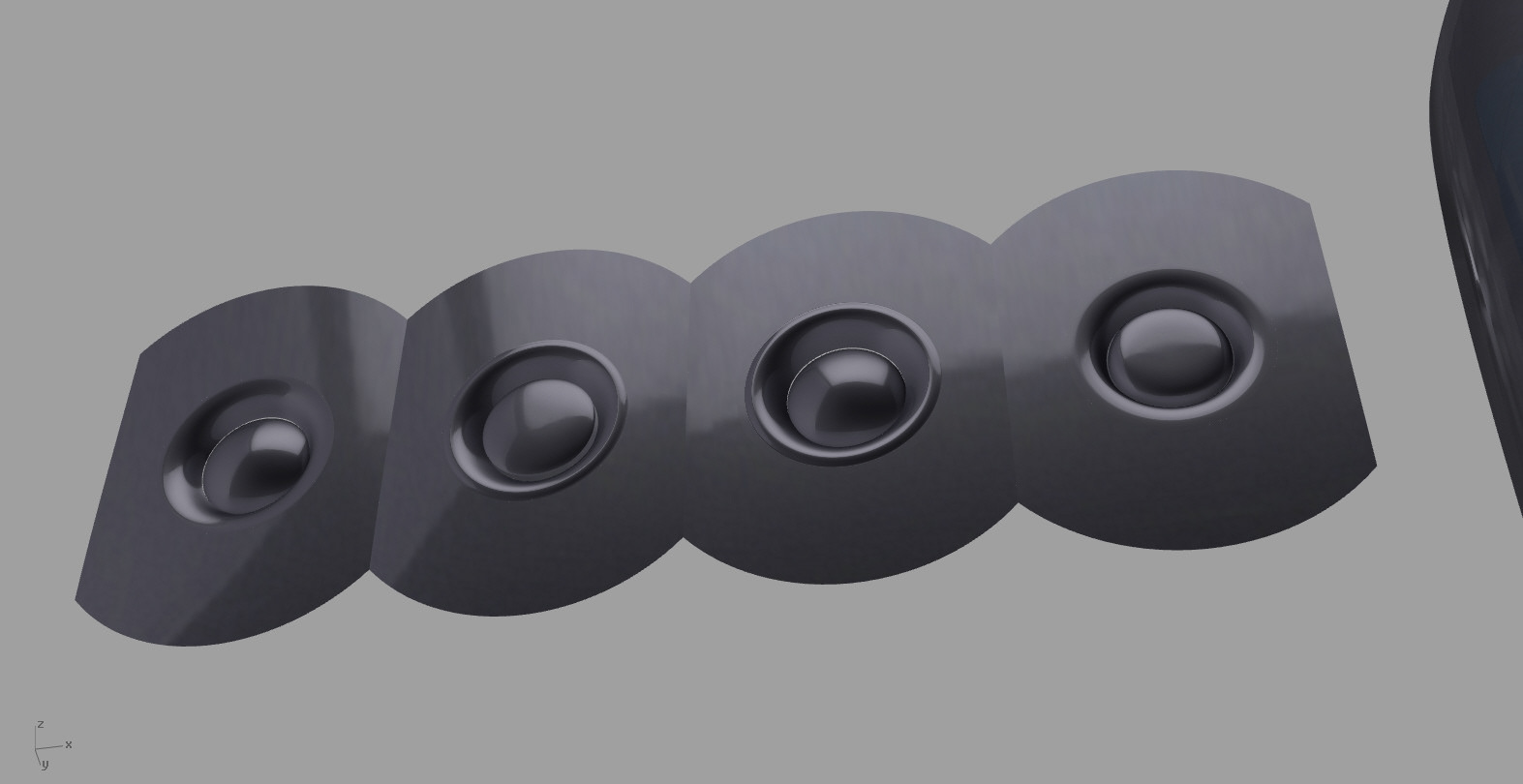

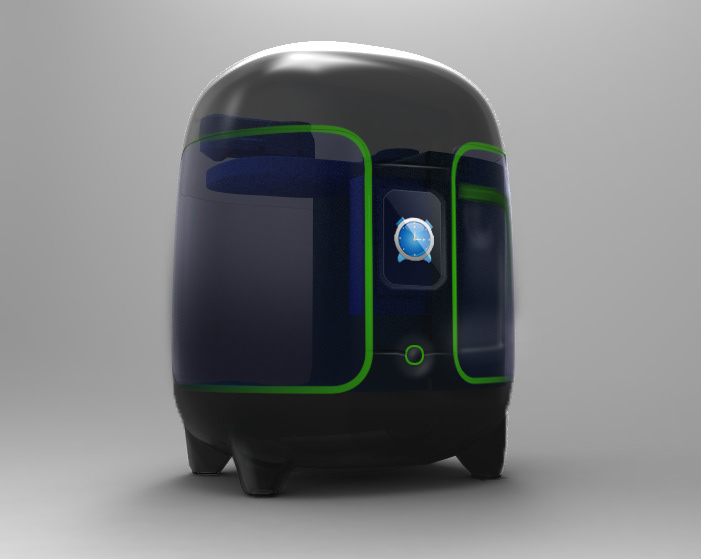
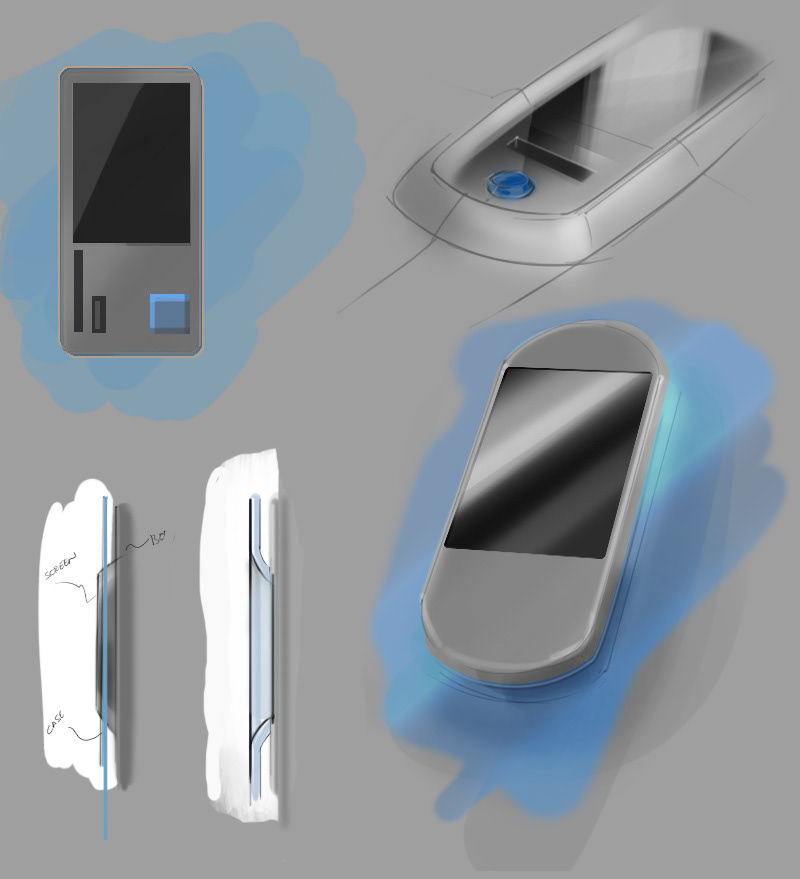


Styling explorations: the product needed to appeal to both sexes and to a wide age group 10-18. It was made to look friendly, like a desktop buddy that grows with the child. A few rounds of styling were made in order to arrive at the final look. Clarity of information, visual hierarchy as well as the overall message were evaluated after each round.
As the user grows up and gets more comfortable with the workflow, the usability and interactions can be expanded through menus on the touch-screen as well as the USB port, future-proofing the device.
The presentation model included LED lights and a touch screen, however the working moving print arm was mounted outside of the model for practical purposes
The result is a 3D printer that integrates well into the child’s play and study area in terms of style and workflow.
Written about in:
TechCrunch,
Singularity Hub
3DPrinting.com
DEVELOP3D magazine,
Geek.com
Tested.com
slashgear,
psfk
and many others
TechCrunch,
Singularity Hub
3DPrinting.com
DEVELOP3D magazine,
Geek.com
Tested.com
slashgear,
psfk
and many others
